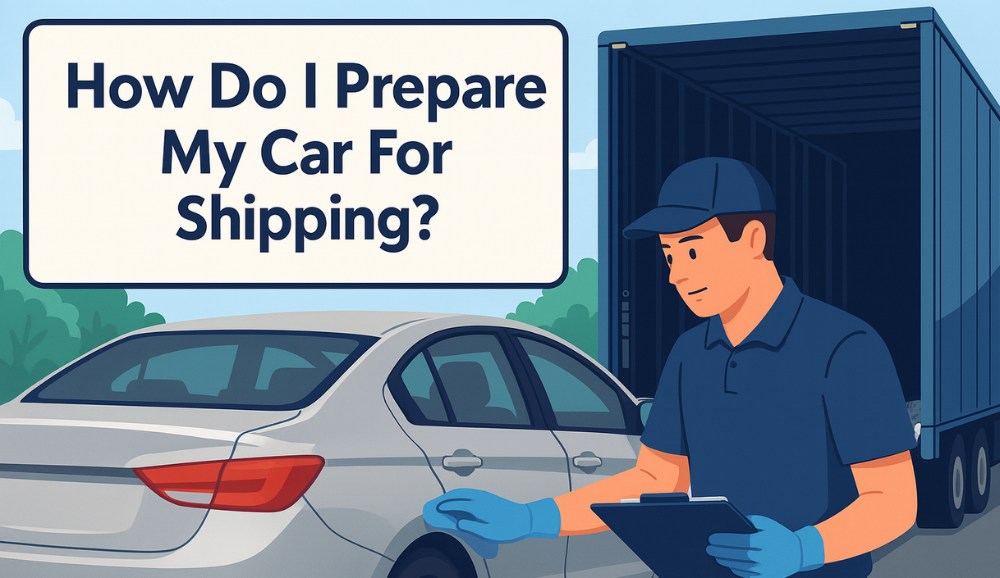Getting your car baby ready for shipping is one of those things that’s easy to overlook in the chaos of moving. But here’s the thing: prepping your car the right way can save you money, headaches and even future damage during transport. It’s simply worth putting in the thought.
Just like you shouldn’t toss your dishes into a box without bubble wrap you shouldn’t hand over your car keys without a little TLC. While car transport companies handle the hard part- the condition and prep of your vehicle can make all the difference in how smooth your shipping experience is and how Harley arrives at your destination.
This guide breaks it down step by step so you can feel great that your car is ready for its travel times. Let the good times roll.








